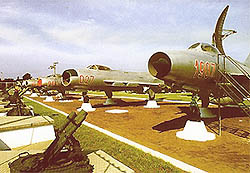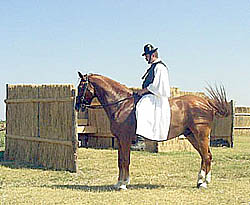Popular destinations nearby
Kecskemét,
Baja,
Bugac,
Kalocsa,
Akasztó,
Bácsalmás,
Izsák,
Jánoshalma,
Kecel,
Kiskőrös,
Kiskunfélegyháza,
Kiskunhalas,
Kiskunmajsa,
Kunszentmiklós,
Lajosmizse
|
More than 70,000 people live in farms on the sandy plain, but more and more people choose the nomadic lifestyle for weekends or holidays.
It is not only the largest county - more than half a million people live here - but it is also the sunniest region, and the coming of the spring is the earliest here, too. The county occupies two thirds of the region between the Danube and the Tisza. Although it is the flattest area, it is far from being monotonous. The main component of the soil is sand, which can also be found on the surface in the form of drift sand in Homokhátság. In the valley of the Danube the deeper layers of the soil also contain sand. The variety of the scenery in the loess and alkali puszta is due to the Danube as well as to the winding Tisza. The original state of the typical landscape of the Great Hungarian Plain is presented in the protected territories of the Kiskunság National Park. The dead branch of the Tisza at Lakitelek is also protected. Other natural values include the Nyíri forest near Kecskemét or the hornbeam and oak forest in Kunbaracs. In the course of inland drainage the main channel of the Danube valley with the connecting main channel of Kiskunság were built in the west of the county. The county seat is Kecskemét, one sixth of the population of the county live here. The town has been called the capital of Hungarian fruit for centuries, but the local farmers can be proud of their wine as well as the peaches. The town has significant architectural monuments, many visitors to the town in the Great Hungarian Plain are interested in the Cifra Palace, or the highest building of the Hungarian Plain, the old church - the 76m high cross of the church built in the style of the age of Louis XVI in France overlooks the town, the sound of its 45 ton bell could be heard as far as Bugac. Significant monuments can be found in other towns of the county: e. g. the archiepiscopal palace of Kalocsa built in the place of the former castle, or the ruins of the Gothic church of Lajosmizse built in 1270, where open-air masses are still held on church feasts.
Nature lovers can visit the farms and, of course, the Puszta of Bugac. In the neighbourhood you can find primeval juniper groves, and in the puszta itself the reproductions of old shepherds' buildings made of cane and wood can be seen. You can look around in the puszta by taking a walk or riding in horse carriages. Visitors are impressed by the shepherds' traditions, the special equestrian programmes, the almost endless horse riding facilities and the tiny farm buildings with whitewashed walls. The horse shows and the presentation of the traditional lifestyle help us get closer to the still existing world of the farms. Lodgings in Bács-Kiskun county:
Sights in Bács-Kiskun county: |
Bács-Kiskun county map nagyítása >>
in Bács-Kiskun county:
|
|
|
Hungary - Bács-Kiskun county |
|
|
|
||
|
Wednesday, 7. January 2026. - 12:03:11 |
||


